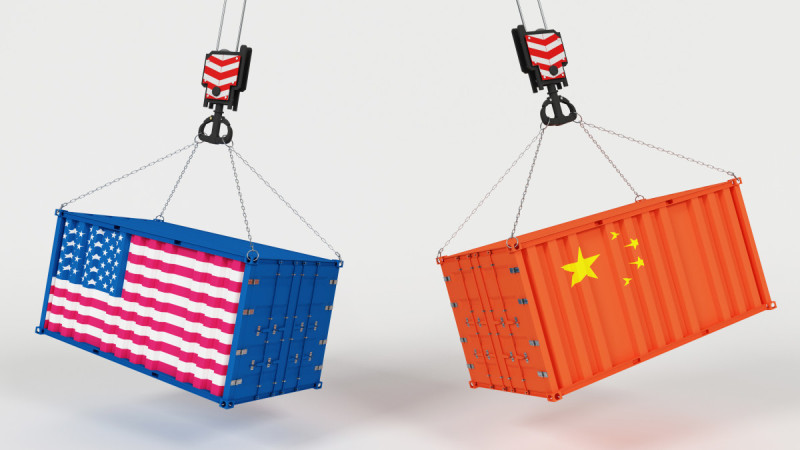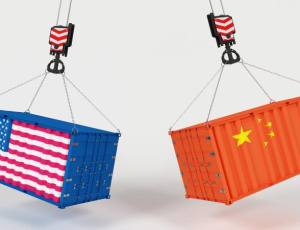Washington softens tariff policy as U.S. and China reach preliminary trade deal
- undefined
On October 17, 2025, an article in The Wall Street Journal by Gavin Bade and Jesse Newman reported that the Trump Administration is “quietly watering down some of the tariffs that underpin the president’s signature economic policy.” According to the article, there is a growing sentiment among administration officials that the United States should lower tariffs on goods that are not produced domestically.
The article also notes that the President has recently “exempted dozens of products” from his so-called reciprocal tariffs and expressed a willingness to “carve out hundreds more goods—from farm products to airplane parts—when countries reach trade agreements with the U.S.”
Perhaps most significantly, the authors point out that the Presidential Executive Order issued on September 5, 2025, “grants new authority to the Department of Commerce and the Office of the U.S. Trade Representative to approve tariff exemptions on their own, without Trump having to issue new executive orders for each case.”
The broader international context helps explain this shift. The United States and China have reached a preliminary agreement on tariffs after two days of intense negotiations, announcing a deal that averts the implementation of additional 100% duties on Chinese goods and paves the way for a meeting between Xi Jinping and Donald Trump, who are now expected to finalize the accord.
The agreement eases tensions between the world’s two largest economies and appears to reduce the risk of an all-out trade war. The details disclosed so far remain limited: Treasury Secretary Scott Bessent mentioned an understanding covering soybeans and rare earth elements, with China agreeing to postpone by one year the implementation of export restrictions while reviewing the measure. The Chinese delegation described the outcome as a “positive consensus,” a sign of progress in the talks, though its account made no specific mention of rare earths — the focus of Trump’s so-called “Asia campaign.”
Photo credit: Freepik
Source: Wall Street Journal







